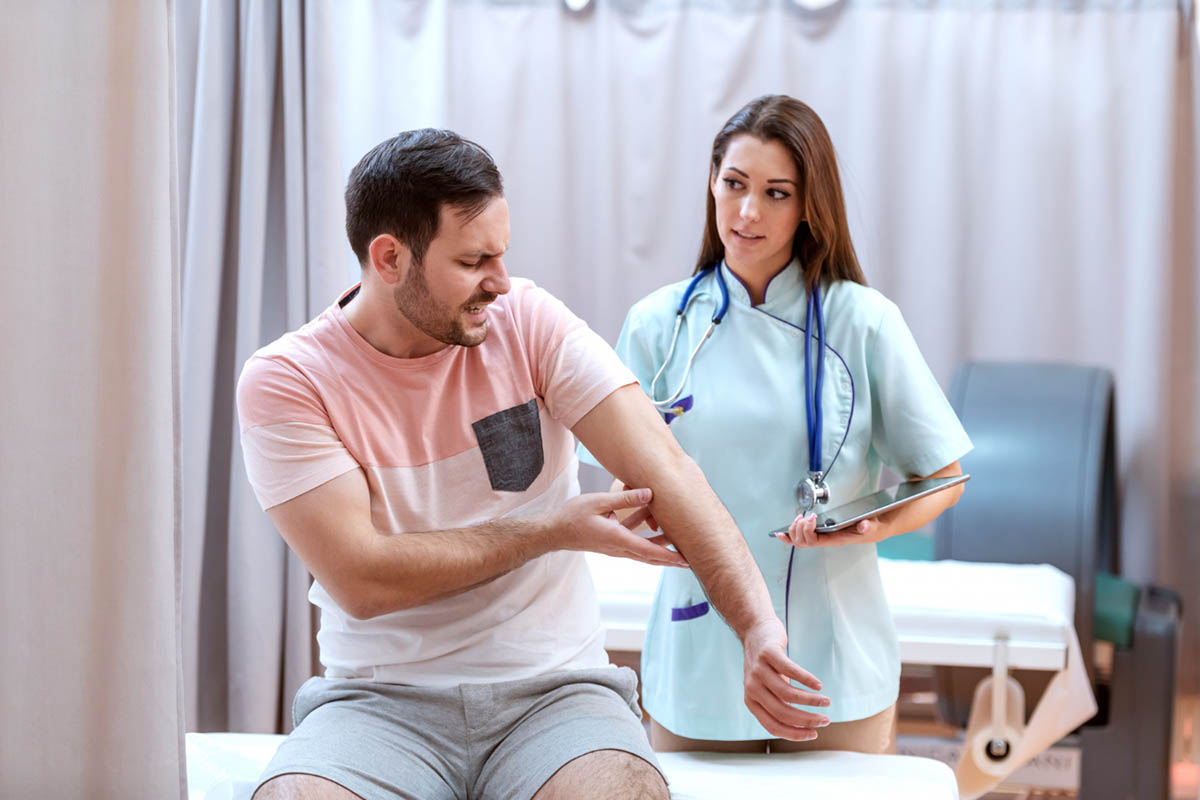Introduction
In recent years, our clinic in Roseburg, Oregon, has observed an increasing number of patients presenting symptoms indicative of Lyme disease. This troubling trend highlights the need for greater awareness and understanding of Lyme disease, its symptoms, treatments, and how physical therapy can significantly improve patients’ quality of life. This comprehensive guide aims to educate our community about this complex illness and provide valuable insights into managing and overcoming its challenges.
What is Lyme Disease?
Lyme disease is a tick-borne illness caused by the bacterium Borrelia burgdorferi. It is primarily transmitted through the bite of infected black-legged ticks, also known as deer ticks. The Centers for Disease Control and Prevention (CDC) estimates that around 300,000 people are diagnosed with Lyme disease annually in the United States, though the actual number may be higher due to underreporting and misdiagnosis .
Symptoms of Lyme Disease
The symptoms of Lyme disease can vary significantly from person to person and often mimic those of other conditions, making diagnosis challenging. They can be broadly categorized into early and late-stage symptoms:
Early-Stage Symptoms
- Erythema Migrans (EM) Rash: This is a characteristic “bull’s-eye” rash that appears at the site of the tick bite within 3 to 30 days. It is often warm to the touch but usually not itchy or painful.
- Flu-like Symptoms: Patients may experience fever, chills, fatigue, body aches, headache, neck stiffness, and swollen lymph nodes.
Late-Stage Symptoms
If left untreated, Lyme disease can progress to more severe and persistent symptoms, including:
- Joint Pain and Swelling: Often affecting the knees, but pain can migrate to other joints.
- Neurological Issues: Severe headaches, neck stiffness, facial palsy (loss of muscle tone in one or both sides of the face), nerve pain, and tingling in the hands or feet.
- Cognitive Impairments: Memory loss, difficulty concentrating, and changes in mood.
- Heart Problems: Lyme carditis, characterized by irregular heartbeats.
Common Medications for Treating Lyme Disease

Treatment of Lyme disease typically involves antibiotics, and the course of treatment may vary depending on the stage of the disease and the specific symptoms presented.
Antibiotics
- Doxycycline: Commonly prescribed for adults and children older than eight years. It is effective in treating early-stage Lyme disease and preventing the bacteria from multiplying.
- Amoxicillin: Often used for younger children, pregnant women, or those allergic to doxycycline.
- Cefuroxime: An alternative for patients who cannot tolerate doxycycline or amoxicillin.
- Intravenous Antibiotics: In severe cases, especially when neurological symptoms are present, intravenous antibiotics like ceftriaxone may be necessary.
Medication Side Effects
While antibiotics are essential in treating Lyme disease, they can have side effects. One particularly severe complication observed in our clinic is tendon rupture, especially with fluoroquinolone antibiotics like ciprofloxacin. Patients on these medications must be monitored closely for any signs of tendonitis or tendon rupture.
How Physical Therapy Can Help
Physical therapy (PT) plays a crucial role in managing Lyme disease, particularly in addressing musculoskeletal symptoms and improving overall function and quality of life.
Benefits of Physical Therapy
- Pain Management: Through targeted exercises, manual therapy, and modalities like heat and cold therapy, physical therapists can help alleviate pain and reduce inflammation in affected joints and muscles.
- Improving Mobility: PT helps restore normal joint function, flexibility, and range of motion, which is often compromised in Lyme disease patients.
- Strengthening Muscles: Customized exercise programs are designed to strengthen muscles weakened by prolonged illness and inactivity.
- Balance and Coordination: Neurological symptoms of Lyme disease can impair balance and coordination, which physical therapy can help improve through specific exercises.
- Education and Prevention: Physical therapists educate patients on body mechanics, posture, and strategies to prevent further injury, particularly important for those on medications with side effects that weaken tendons.
Case Studies and Success Stories
Our clinic has witnessed numerous success stories where patients, initially debilitated by Lyme disease, regained their strength and returned to their daily activities through comprehensive physical therapy programs. These case studies underscore the transformative power of physical therapy in managing chronic conditions like Lyme disease.
Conclusion
Lyme disease is a complex and often misunderstood illness that requires a multifaceted approach for effective management. Understanding the symptoms, treatments, and the role of physical therapy can significantly enhance patient outcomes. If you or a loved one are struggling with symptoms of Lyme disease, consider consulting with a physical therapist to develop a personalized plan to restore function and improve quality of life.
References
- Centers for Disease Control and Prevention (CDC). Lyme Disease. Available from: https://www.cdc.gov/lyme/index.html
- Wormser, G.P., et al. (2006). The Clinical Assessment, Treatment, and Prevention of Lyme Disease, Human Granulocytic Anaplasmosis, and Babesiosis: Clinical Practice Guidelines by the Infectious Diseases Society of America. Clinical Infectious Diseases, 43(9), 1089-1134.
- Hu, L. (2016). Lyme Disease. Annals of Internal Medicine, 164(9), ITC65-ITC80.
- Marques, A. (2008). Chronic Lyme Disease: A Review. Infectious Disease Clinics of North America, 22(2), 341-360.
- Cameron, D.J., et al. (2004). Evidence-based guidelines for the management of Lyme disease. Expert Review of Anti-Infective Therapy, 2(1), S1-S13.
By following this structured and evidence-based approach, we hope to enhance our Roseburg Community in understanding of Lyme disease and promote effective management strategies through physical therapy.


